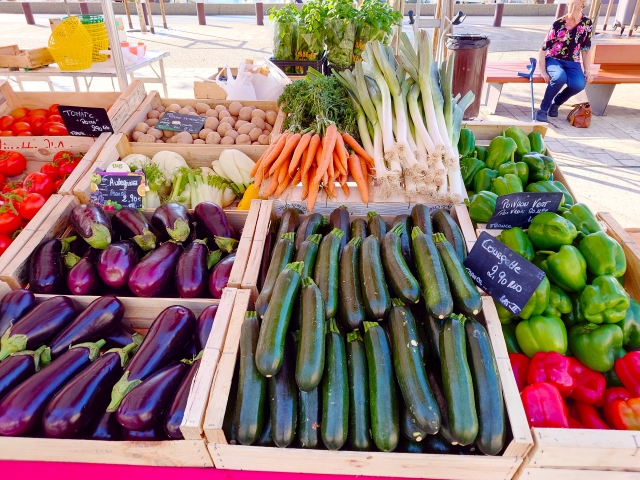Abstract
Based on data on vegetable wholesale markets in Japan’s agriculture, and based on the maximum values for 2022, we can see that the total wholesale volume in central wholesale markets is 5.11 Mt and the wholesale price is 1.2 billion yen. This is an important indicator of vegetable trading volume and prices in Japan’s agricultural market. Based on past trends, we expect these numbers to fluctuate as fluctuations in demand and supply come into play. Additionally, the maximum wholesale market total may fluctuate depending on factors such as produce production and weather. Changes in economic conditions and consumer preferences may also play a role. This data is useful for formulating agricultural policies and market strategies, and serves as an important source of information supporting the healthy growth of Japan’s agriculture industry.
Wholesale quantity of vegetables
Looking at data on wholesale volumes of vegetables in Japan’s agriculture from 2003 to 2022, the maximum was recorded in 2003, at 7.06 Mt in total in central wholesale markets. Current wholesale volumes are down to 72.4% compared to their peak. As a feature so far, several factors affecting agricultural production have been noted. For example, climate change, unpredictable weather, advances in agricultural technology, and changes in market demand. Additionally, the demand and supply of agricultural products is greatly influenced by economic conditions and consumer preferences. This data will be useful in formulating agricultural policies and production plans, and will serve as an important indicator for considering the future balance between supply and demand. Wholesale vegetable quantities are likely to continue to fluctuate in the future as the economy grows and the food industry changes.


The maximum is 35.6%[2008] of Kasai market, and the current value is about -18.3%
Breakdown of vegetable wholesale quantities
Looking at the wholesale volume data for vegetables in Japan’s agriculture by prefecture for 2022, Tokyo recorded the highest volume at 1.39 Mt, and the current value is also the highest. This suggests that demand is high in urban areas. Past trends suggest that demand for vegetables may be increasing in urban areas due to population growth and changing lifestyles. Additionally, agricultural areas near cities are thought to play an important role as a source of vegetables. On the other hand, production may be declining in rural areas due to population decline and aging. This data is used for regional agricultural policies and demand forecasts, contributing to the promotion of sustainable agriculture and a stable food supply. Going forward, it will be necessary to continue to formulate effective agricultural policies that take into account the balance of needs between urban and rural areas.


The maximum is 35.6%[2008] of Kasai market, and the current value is about -18.3%



Comments